In 2016, Absolut Art was founded by the Swedish liquor brand Absolut Vodka to democratize the art world by providing access to limited-edition prints for young collectors. The direct-to-consumer model connected hundreds of global contemporary artists with thousands of collectors across six continents, shining a light on contemporary art that could be purchased and prized for decades to come. The platform was also regarded for artists due to its fair compensation strategy, wherein creators made half of the full sale. Over the years, Absolut Art also shined with a philanthropic focus—donating over half a million dollars in funds to a variety of organizations and initiatives—and this year alone hosted an array of partnerships—with names like Cool Hunting, The Kitchen, Talk Art, Times Square Arts, among others.
Unfortunately, Absolute Art closed shop on September 30. On its site today, it reads, “Absolut’s heart is, has been, and always will be with art as it has proven throughout its many expressions of creativity over the decades. We launched Absolut Art to provide democratic access to contemporary art. Over the years Absolut Art has connected hundreds of artists with thousands of collectors across six continents, re-imagining the possibility of discovering and collecting art and working to drive positive change.”
To commemorate its space in the art world, Whitewall is sharing an interview conducted just before its closure with Nahema Mehta, its CEO, and Michelle Grey, its CMO, to learn more about their lives leading up to Absolut Art, how they discover new artists, what’s in their personal art collections, and more.
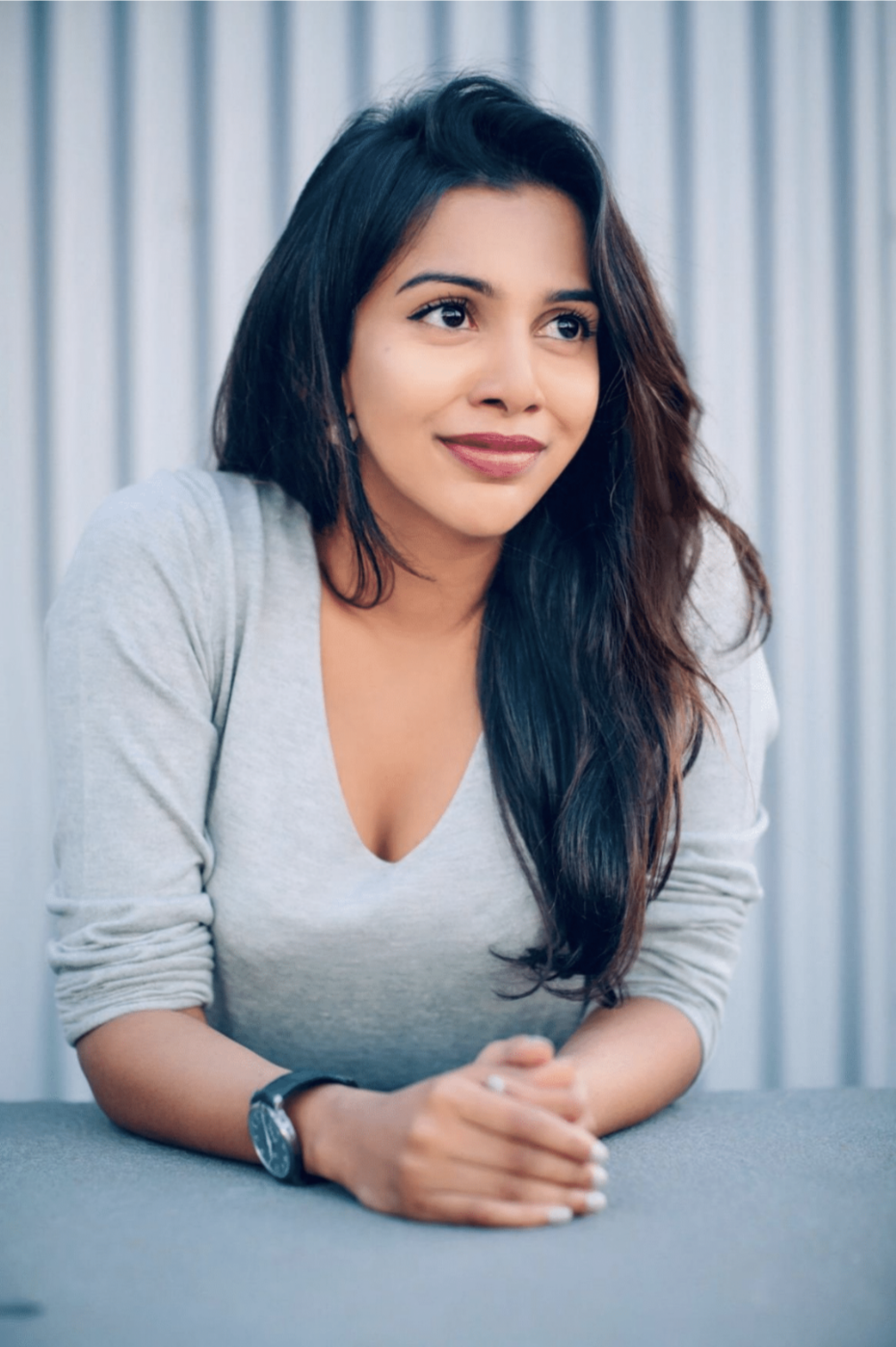 Nahema Mehta, courtesy of Absolut Art.
Nahema Mehta, courtesy of Absolut Art.
WHITEWALL: Nahema, can you tell us a bit about your background in finance, politics, and art, and how it led to Absolut Art?
NAHEMA MEHTA: My career path has definitely been more of a jungle gym than a ladder; I’ve always loved cross-disciplinarian study, so I thrived off it. My dad used to say that multiple perspectives are the key to creating new patterns of thought and I’ve found that to be true. I moved to America to study at Columbia University and became a judicial scholar at the Supreme Court, speech writing for Justices Ginsburg and Roberts. Following stints at Merrill Lynch and Sotheby’s, I founded Art Remba while earning my MBA at Columbia Business School. During that time, I was invited to speak about Art Remba at a conference and, unbeknownst to me, Absolut was in the audience. They shared my mission of making art accessible and approached me with an acquisition offer. The rest is history. Ultimately, I’ve learned that you don’t find success in safe places. In my experience, it is the unexpected twists and turns in a well-intentioned plan that led to success and, more importantly, satisfaction.
WW: You’re known to have an African art collection. What’s seen in it?
NH: I have deep roots in Africa. We recently celebrated one hundred years of our family being on the continent and my grandparents still live in Nairobi where I also lived for a time. I return at least once a year and love visiting contemporary African artists. I’m continually inspired by their vibrance and fearlessness and love collecting their work. Over the years, I’ve picked up pieces by Barthelemy Toguo, Cristóvão Canhavato, Onyis Martin, Kehinde Wiley, and Beatrice Wanjiku.
WW: Absolut Art has a philanthropic aspect to it—donating over half a million dollars funds to a variety of organizations and initiatives in the past few years. Tell us about this component of the company.
NH: As a global platform for artists, we firmly believe that we have the responsibility to support the charitable organizations and initiatives that are doing incredible work to make the future a little brighter. Purchasing a print from Absolut Art is about more than just supporting artists — it’s about giving back to the important causes and forward-thinking organizations that are doing vital work for their communities. We’ve helped raise money for organizations that are working to end mass incarceration and homelessness, like the Equal Justice Initiative and Coalition for the Homeless, and organizations that support social change and give artists a platform to share their voices, like the disruptive nonprofit Amplifier.
WW: Philanthropically, you’re also fighting for women’s education through work recognized by the United Nations. Tell us about this.
NH: I’ve been working with girl’s education in Kenya since I was 12 when my grandfather encouraged me to spend my summers volunteering in some of Nairobi’s poorest areas by teaching basic curriculum. He taught me that the only way to create meaningful change through philanthropy is to be on the ground in order to deeply understand a community’s needs. I now sit on the Young Board of Shining Hope For Communities, which brings critical services and education to women and girls in Kenya’s largest urban slum, and work with the United Nations’ Sustainable Development Goals. To this day, I regularly visit the communities we serve.
WW: Are there any works you feel are must-haves?
NH: One of our many stars is Shantell Martin. She is a force whose introspective works reveal written messages like, “You Are You,” and I love the pieces on offer at Absolut Art. Not only is she an incredible talent, she is also smart, kind, and forward-thinking. She has had major moments this past year, from her Midnight Moment video work in Times Square as part of Times Square Arts public program to her TED talk and her collaboration with the Whitney Museum.
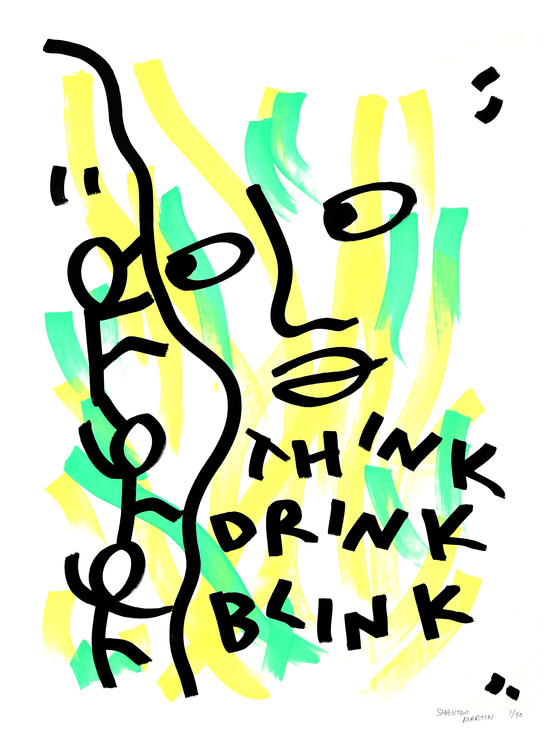 Shantell Martin, courtesy of Absolut Art.
Shantell Martin, courtesy of Absolut Art.
WW: Tell us a bit about your role at Absolut Art.
NH: Even though my title is CEO, we’re a small team and all wear many hats. Our company is in growth mode and it can sometimes feel like we’re in a video game. We keep getting to a new level and opening some door, but we don’t know what’s behind it and we just need to adapt. Day-to-day, my role is to work with the areas of the business that most require my input and support – one day I could be working on strategic growth, the next refining distribution chains, the next sourcing art, the next hiring. Ultimately my role is to picture the future for Absolut Art and make sure we’re all on track and able to get there.
WW: How do you see the art world is changing in response to the ongoing pandemic?
NH: The innovation curve in online art retail has accelerated by five to eight years in the wake of COVID-19, and so has consumer adoption of purchasing art online. Absolut Art was founded on the belief that digital is key to making collecting more approachable and seamless, so when COVID hit, we were immediately able to serve the surge in demand from both collectors and artists. The appetite has never been bigger. We’ve seen exponential growth in sales in the last 12 months. In the wake of the pandemic, there’s also been a rally cry around supporting the art ecosystem and Absolut Art is proud to continue to give back to artists, causes, and changemakers. Proceeds from our charitable edition with Lawrence Weiner benefited The Kitchen, a beloved New York nonprofit space supporting artists. We’ve donated over 510 thousand dollars to date.
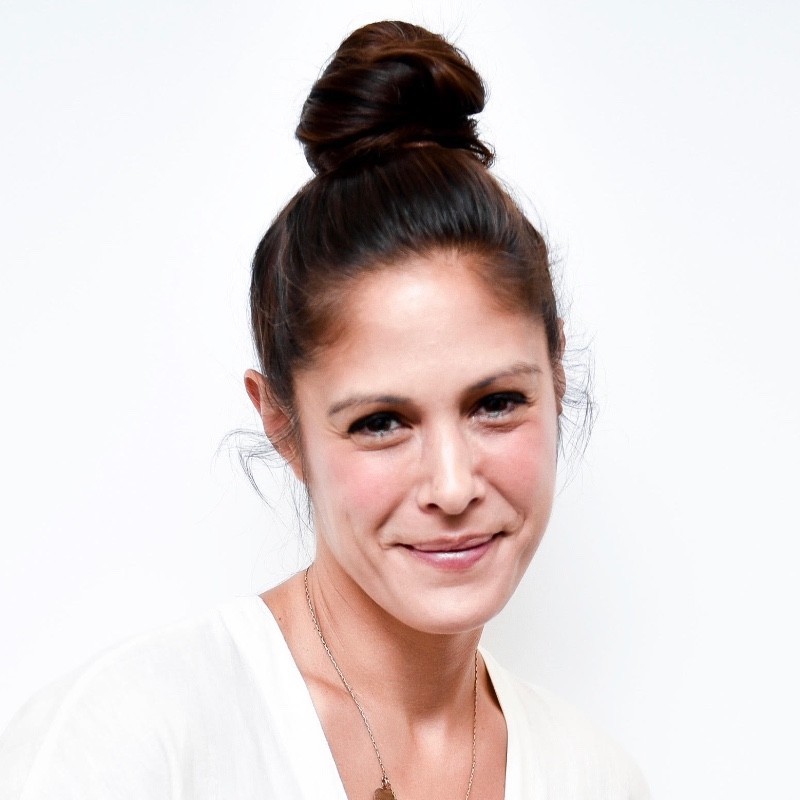 Michelle Grey, courtesy of Absolut Art.
Michelle Grey, courtesy of Absolut Art.
WW: Michelle, can you tell us a bit about your background leading up to Absolut Art?
MICHELLE GREY: The road leading up to Absolut Art has been far from linear. I started out studying science at a university in Sydney, obtaining an honors degree in molecular genetics, and quickly segued into science journalism. Bench work wasn’t for me, so I left the real work to those who were way smarter, and spent a long stint communicating their efforts through writing for science and medical journals. However, I always had a hand in the arts, writing for culture and lifestyle publications, which kept the right-hand side of my brain engaged.
Interestingly, something shifted in me after having my first child – there’s a lot of creative energy released during the pregnancy and birthing process—and I found myself yearning to be more immersed in the cultural space. After a two-year stint as the head of membership of Soho House, where I was fortunate enough to meet some incredible folks who had forged interesting creative careers for themselves, I became a founding partner of NeueHouse, where I conceptualized and built their programming and editorial platform. My next move precipitated a return to my publishing roots, and I spent three years as the Creative and Programming Director at The New York Times.
I’ve always been blessed and very lucky with the opportunities afforded to me, and I’ve learned a lot of lessons along the way—some easy, and others more difficult—but I think my checkered professional past (I don’t mean that to sound as dodgy as it does) has gifted me with the ability to be adaptable. My role at Absolut Art demands that I be both creative and nimble. We’re a small team in a growing company that has thrived during troubling times, and I’m very proud and grateful to be working with such talented and kind people.
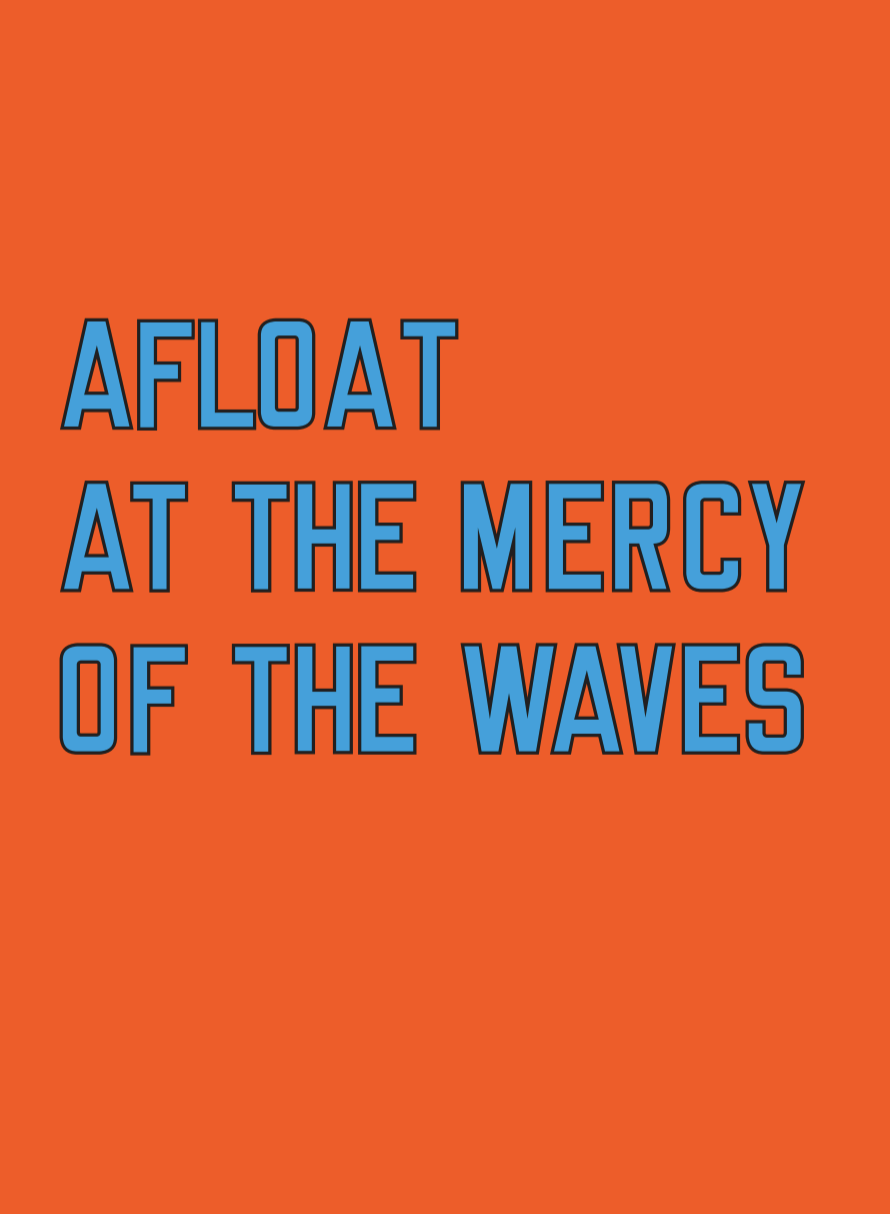 Lawrence Weiner, courtesy of Absolut Art.
Lawrence Weiner, courtesy of Absolut Art.
WW: Do you foresee any changes or new focuses for the organization that will last, brought on by the pandemic?
MG: Like the rest of the population, we were forced to work from home, most of us isolated from our colleagues—but without the distraction of IRL events and activations, it forced us to double down on our digital strategy. This proved to be a very good thing. After all, we are an online platform, and we all leaned into navigating the virtual art world together and created a better value proposition for our customers, and a more engaging brand for our creative community. As far as new focuses go, it’s less about re-inventing the wheel and more about amping up our core proposition—delivering top quality limited edition prints by emerging and established artists to new and seasoned collectors across the globe. You can expect to see a more diverse collection of artists, unexpected and cross-disciplinary collaborations, and a deeper connection to the organizations and individuals working to lift up our communities. Even a remote aboriginal art community in the northern part of Australia!
WW: Absolut Art connects international artists with an array of new audiences. How does it go about finding and selecting new artists on the platform from around the world?
MG: There’s no tried and tested formula for the way we curate our artists. Sometimes we find artists the good old-fashioned way on Instagram [Laughs], at exhibitions, fairs and galleries, books and publications, or through recommendations from our incredible roster of Absolut Art artists and creative community. We also engage with expert curators and cultural partners who cast their own personal lens on a particular collection, but the core pillars of what we’re looking for always stay the same. We seek out artists and artworks that combine talent, testimony (the story or meaning behind the work) and visual appeal. Absolut Art believes in being a platform that promotes cultural and gender diversity, both in the artists we curate, and the community of customers we attract.
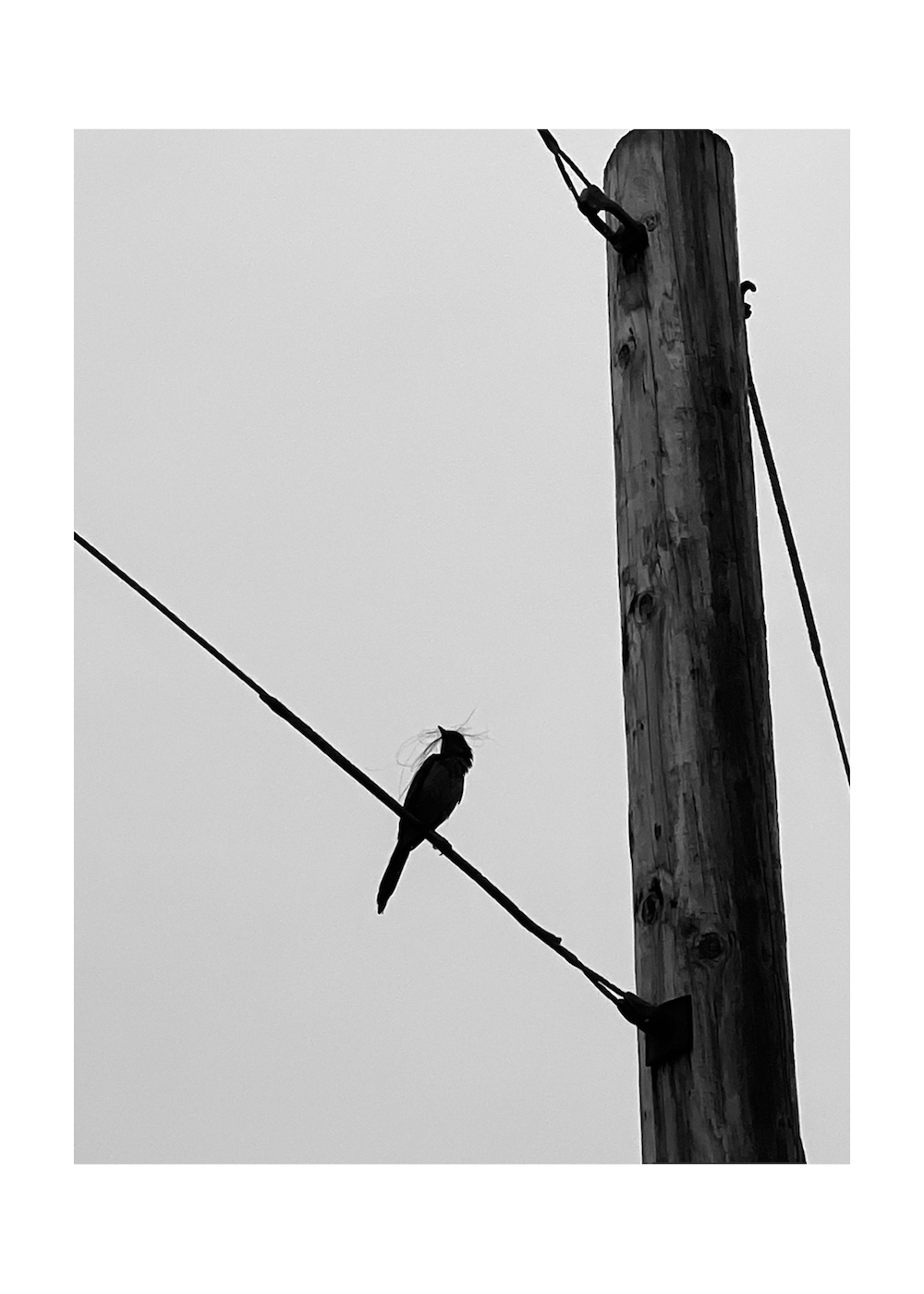 Brigitte Lacombe, courtesy of Absolut Art.
Brigitte Lacombe, courtesy of Absolut Art.
WW: Are there any artworks you’re particularly drawn to right now?
MG: I’m really drawn to the work of Joy Yamusangie. Lately, I’ve been thinking a lot about the idea of talent and testimony. I’m always partial to prints that are just beautiful and light up a space based purely on their superior visual aesthetic. However, I love when a work has a story, when an artist creates something that speaks to the testimony of their experience or who they are—their struggles, their environment, the social issues affecting their community.
Much of Joy’s work deals with gender and race, and they utilize the medium of illustration, painting and video as a sort of diary, which they describe as “trying to, not come to terms with, but study myself, my own face, and appreciate myself in an act of self-love.” Joy’s prints are both joyful and steeped in a deeper understanding of what it means to reconcile the artist with their personal experience.
WW: How do you see the art world is changing in response to the ongoing pandemic? More digital art production, viewing, and collecting?
MG: We’ve seen a surge of new ways of exhibiting work digitally, including new apps for virtual gallery spaces and fair booths, and video and animation have added another creative layer to works traditionally hung on white walls. Pre-pandemic, top level artists may have taken offence at being part of a digital exhibition, whereas now many are welcoming the opportunity. With travel still being somewhat restricted, people are becoming more comfortable buying art online (which has been a great thing for Absolut Art and other digital galleries), and of course NFTs are blowing up.








